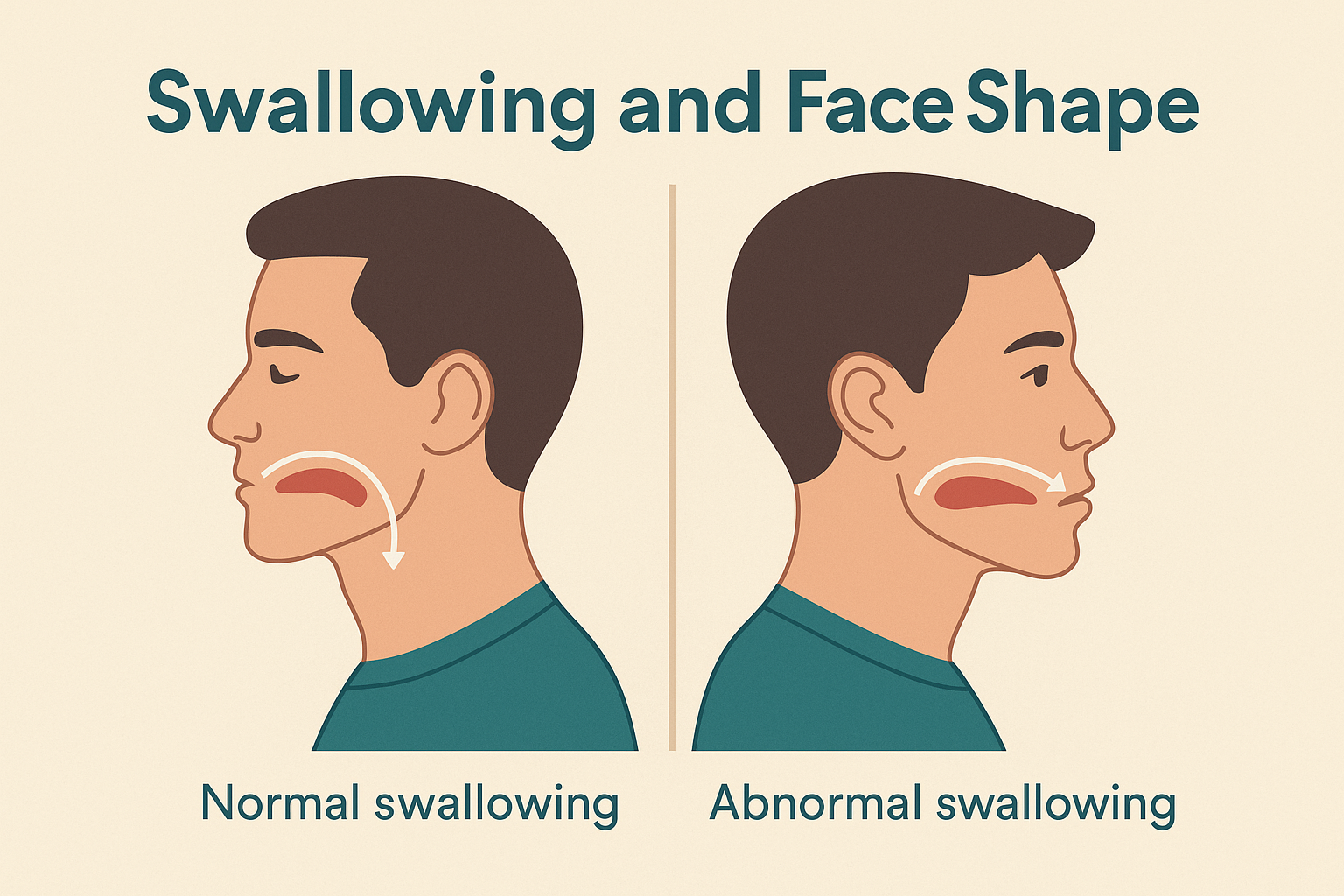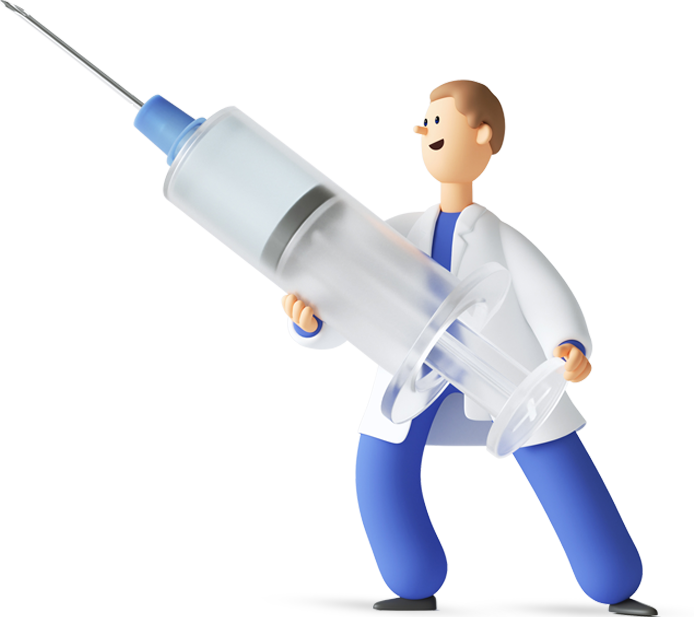
Did you know that the way you swallow each day can affect how your jaws grow and how your teeth align and Link Between Tongue Thrust and Malocclusion?
Recent scientific evidence shows a strong connection between tongue thrusting and various types of malocclusion, including open bites, dental crowding, and forward-tilted teeth.
In this article, we’ll review the results of a scientific study—Association Between Tongue Thrust and Malocclusion—conducted on 500 patients, illustrating how a single persistent habit can lead to complex orthodontic issues that may later require costly treatments.
What Is Tongue Thrusting?
Tongue thrusting is an orofacial habit in which a person pushes their tongue forward between the teeth during swallowing, instead of placing it in the correct position behind the upper front teeth.
In young children, this swallowing pattern is considered normal up to around age four. However, if it persists beyond that, it becomes a contributing factor in the development of orthodontic problems.
What Did the Study Find?
Study Overview:
The study was conducted at Saveetha Dental College and included 500 patients to assess the association between tongue thrusting and different types of malocclusion. Participants were categorized based on whether they exhibited this habit, and their bite patterns were analyzed.
Key Results:
- Open Bite – 51.4% of cases
This was the most common type of malocclusion found among patients with tongue thrusting. The forward pressure of the tongue prevents the upper and lower front teeth from closing properly, resulting in a noticeable gap between them during biting. - Crowding – 25.2%
The study found that incorrect tongue posture can impact jaw growth and tooth guidance, leading to insufficient space for proper alignment of the teeth. - Proclination – 13.6%
The consistent forward pushing of the tongue exerts outward pressure on the upper front teeth, causing them to tilt forward unnaturally. - Spacing – 9.8%
Tongue thrusting disrupts the balance of oral pressures, which can cause abnormal spacing between teeth.
Study Conclusion:
There is a strong link between tongue thrusting and multiple forms of malocclusion—especially open bite and crowding. These findings highlight the importance of early detection and timely intervention, such as orofacial myofunctional therapy, to prevent long-term dental complications.
Source: Association Between Tongue Thrusting Habit and Malocclusion: A Retrospective Study
Why Does This Habit Affect Jaw Growth?
With correct swallowing, the tongue rests behind the upper front teeth and presses gently against the palate, while the teeth are in contact. In tongue thrusting, the forward pressure causes:
- Protrusion of upper front teeth due to repeated force.
- Poor occlusion, as the teeth don’t meet correctly during swallowing.
- Imbalanced arch development, particularly in the upper jaw.
- Muscle imbalance, where facial muscles such as the buccinator are overactive.
The study also noted that these changes are not only structural but also functional—affecting breathing and speech patterns.
Who Is Most at Risk?
- Children who retain this habit beyond age 4.
- Males, as the study showed a higher prevalence compared to females.
- Individuals with other habits like thumb-sucking or chronic mouth breathing.
What Can Be Done?
The study emphasizes the importance of:
- Early screening by a dentist or speech-language pathologist.
- Stopping oral habits like pacifier use or thumb-sucking early.
- Orofacial Myofunctional Therapy (OMT) to correct the swallowing pattern.
- Multidisciplinary cooperation between orthodontists and speech therapists to address the issue comprehensively.
At the Digital Occlusion Unit of the European Dental Center, we offer modern scientific solutions tailored to these challenges.
Conclusion
The study confirms a strong correlation between tongue thrust and malocclusion—especially open bite. The earlier this habit is corrected, the greater the chance of successful, less invasive orthodontic treatment.
That’s why raising awareness about proper swallowing is a key component of preventive dental care.
At the European Dental Center, your oral health is our priority. We offer integrated solutions for bite correction and all dental issues.
📞 Contact us today and book your consultation.








